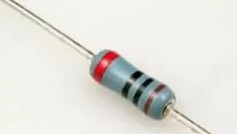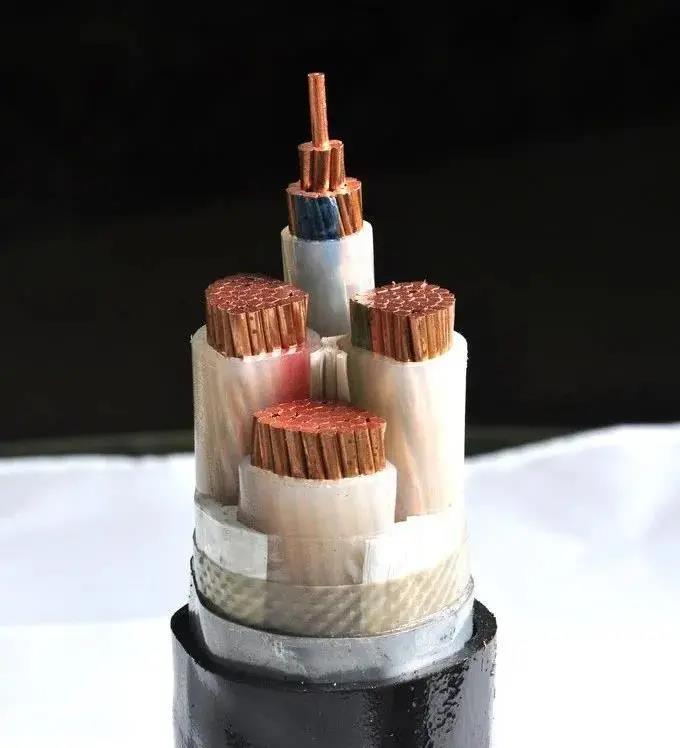Small insulation resistance is often encountered in AAC Cable production, which is affected by many factors. In fact, there are four main factors that have a great influence on the coefficient of insulation resistance.

1、 The influence of temperature
With the increase of temperature, the insulation resistance coefficient decreases. This is due to the increase of thermal motion and the increase of ion production and migration. Under the action of voltage, the conduction current formed by ion motion increases and the insulation resistance decreases.
The theory and practice show that the insulation resistance coefficient decreases exponentially with the increase of temperature, and the conductivity increases exponentially with the increase of temperature.
2、 Influence of electric field intensity
When the electric field strength is relatively low, the mobility of ions increases in proportion with the increase of electric field strength. The ionic current and electric field strength follow Ohm’s law. When the electric field intensity is relatively high, with the increase of electric field intensity, the mobility of ions gradually changes from linear relationship to exponential relationship. When the electric field is close to breakdown, a large number of electrons will migrate and the insulation resistance coefficient will be greatly reduced.
The withstand voltage test voltage of various wire and ACSR Cable products specified in the standard is in the stage of ion mobility increasing in proportion to the electric field strength, so the influence of electric field strength on the insulation resistance coefficient cannot be reflected. The effect of electric field on the insulation resistance coefficient is obviously reflected when the sample is subjected to breakdown test.

3、 Influence of humidity
Due to the large conductivity of water, the size of water molecules is much smaller than that of polymer molecules. Under the action of heat, the polymer macromolecules and the constituent chain move relatively, so that water molecules can easily penetrate into the polymer, increase the conductive ions in the polymer, and reduce the insulation resistance.
The standard specifies the immersion test of various wires and cables. For example, the rubber specimen is immersed in water for 24 hours before the insulation resistance is measured. The purpose is to meet the influence of moisture and water on electrical performance during use.
Insulation resistance is one of the main electrical properties of insulating materials, and it is also an important index of wire and cable products or materials. Generally, the insulation resistance should not be lower than a certain value. If the insulation resistance value is too low, the leakage current along the wire and cable line will inevitably increase, resulting in the waste of electric energy. At the same time, electric energy will be turned into heat energy to prepare for thermal breakdown and increase the possibility of thermal breakdown.
4、 Influence of material purity
The impurity mixed into the material increases the conductive particles in the material and reduces the insulation resistance. Therefore, the insulation resistance of a certain rubber plastic material will reflect the purity of the material and verify whether it meets the standard.
In the process of wire and cable production, the process does not strictly comply with the operating procedures, mixed impurities and materials Blister due to moisture, insulation core deviation or outer diameter size is less than the standard, insulation delamination or crack, insulation scratch, etc., It will reduce the insulation resistance of the product.
Therefore, in order to check the insulation resistance, it is necessary to check whether there are any problems in the process operation. During the use of wires and cables, measuring the change of insulation resistance can also check the insulation damage and prevent accidents.
For more information on cables, click Joy ’cable Blog
